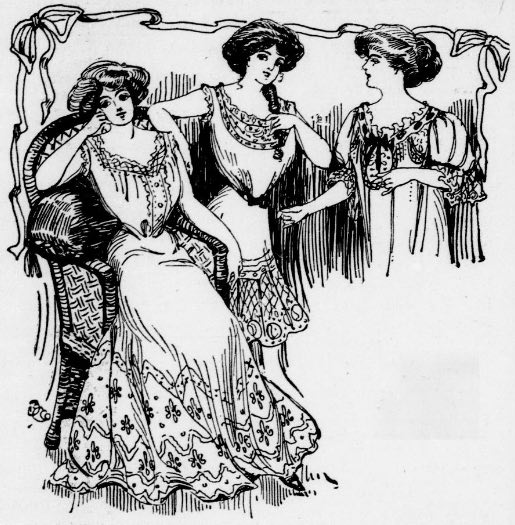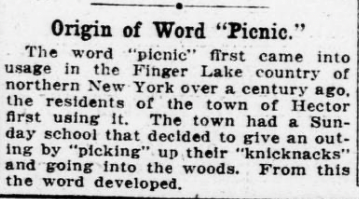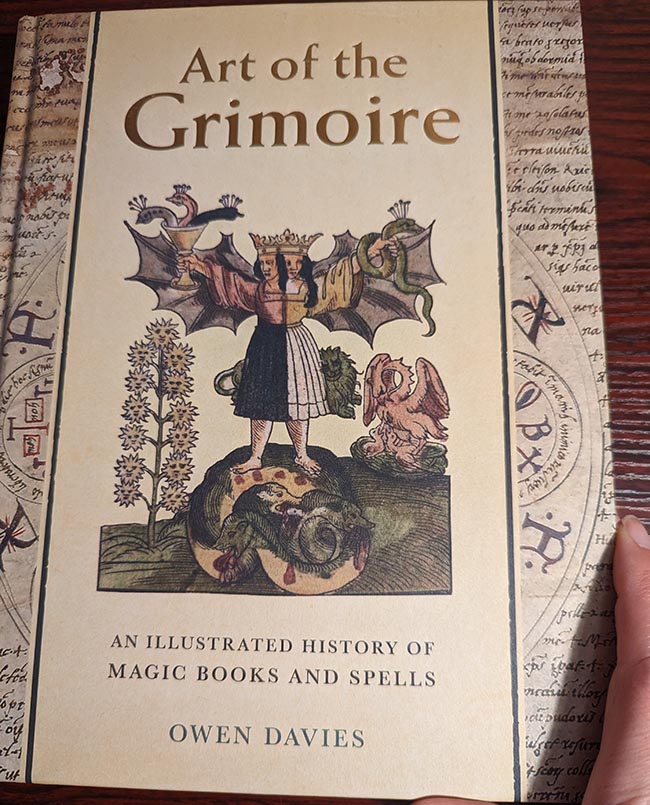
Published in 1913, the article below is about the creams and lotions their grandmothers and great-grandmothers made. In other words, the recipes originated in the 1800s.
This article is reprinted here for research purposes.

Creams And Lotions
None Better Than Ones Used By Our Grandmothers
Do you remember the book of recipes that your grandmother or great-grandmother used to keep on the kitchen shelf? Among the many written in the book, in the small even handwriting so common in those days, were recipes for creams and lotions and ointments that we never hear anything about today.
Some of the best creams ever compounded were those our grandmothers made out of simple, homely things that really did wonders in the way of beautifying. Of course, our grandmothers did not know everything, and we moderns have some improvements on the old time remedies, but others have never been improved upon.
One of the simplest of their toilet preparations was the “clover cream” of early colonial days. This recipe called for one ounce of pure mutton tallow, which was to be put in a bowl set in a pan of boiling water. A sprig of sweet clover, lightly bruised and simmered in the tallow for 15 minutes, gave the mixture the special quality which made the charm. After removing it from the fire, a teaspoonful of rosewater was added and one drop of Attar of Roses. The whole was stirred gently with a silver fork, until perfectly cold, when it was poured into empty eggshells, to complete the dainty toilet requisite.
Another recipe which has come down from early times, calls for two ounces of mutton tallow and a half ounce of strained honey, melted with a half ounce of white wax and with a rose geranium leaf simmered with the other ingredients. A generous pinch of baking soda and a half ounce of rosewater were added after removing from the fire, and all stirred steadily until cool.
An excellent bleach, which was in common use a century ago, was made from an old French formula. A quart of unskimmed milk was allowed to stand in a warm place until it thickened and was then set over the fire and brought to the boiling point. After being carefully strained a large green cucumber was sliced into the liquid and the whole was again boiled until a soft, pulpy mass resulted. This was again strained and left for an hour to cool, when it was poured carefully into a bottle and the settlings thrown away. A tablespoon of alcohol was added and 20 drops of the tincture of benzoin, with any perfume desired. The lotion was applied at night, after washing the face, and allowed to dry into the skin, when it was followed by careful anointing with the clover cream.
Two of the most widely used bleaching preparations of the olden time were the following: Six sprigs of the young leaves of white tansy laid to soak in a pint of buttermilk for nine days added greatly to the bleaching properties of the buttermilk, which was used to remove tan; the second recipe required freshly dug and grated horseradish roots to be mixed with buttermilk in the proportion of a tablespoon to a cup of the milk, and was allowed to stand for 24 hours. This remedy was said to bleach off the most obstinate tan that could be accumulated.
Source: The Lakeland evening telegram. (Lakeland, Fla.), 31 March 1913.


